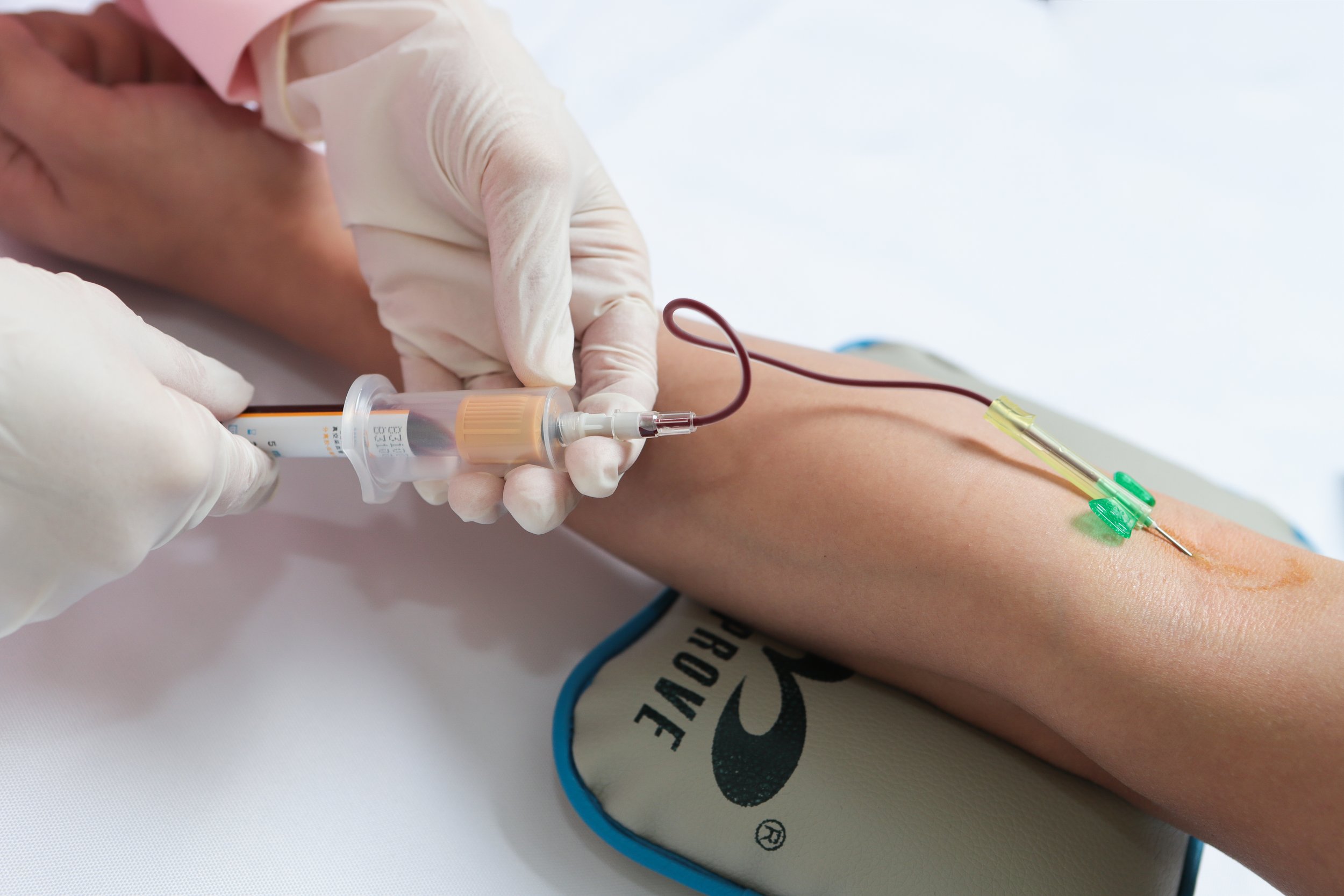Strategies for Upholding Patient Confidentiality in Medical Laboratories and Phlebotomy Procedures
Summary
- Implementing strict protocols and procedures to safeguard patient information
- Ensuring all staff members are trained in the importance of Patient Confidentiality
- Utilizing technology to secure patient data and maintain privacy
Introduction
Ensuring Patient Confidentiality is a crucial aspect of providing quality care in a medical laboratory or during phlebotomy procedures. In the United States, Healthcare Providers are required to adhere to strict Regulations outlined in the Health Insurance Portability and Accountability Act (HIPAA) to protect patient privacy and maintain the confidentiality of their medical information. In this blog post, we will explore the strategies that can be used to uphold Patient Confidentiality while delivering quality care in a medical laboratory or during phlebotomy procedures.
Implementing Strict Protocols and Procedures
One of the key strategies for upholding Patient Confidentiality in a medical laboratory or during phlebotomy procedures is the implementation of strict protocols and procedures. This includes:
- Restricting access to patient information to authorized personnel only
- Using secure methods of communication when discussing patient information
- Properly disposing of patient records and specimens to prevent unauthorized access
- Encrypting Electronic Health Records to protect patient data from cyber threats
Training Staff Members
Another important strategy for maintaining Patient Confidentiality is ensuring that all staff members are properly trained in the importance of patient privacy. This includes:
- Providing regular training sessions on HIPAA Regulations and Patient Confidentiality guidelines
- Reinforcing the importance of maintaining confidentiality in all aspects of patient care
- Holding staff accountable for any breaches of Patient Confidentiality
- Encouraging open communication among staff members to address any concerns regarding patient privacy
Utilizing Technology
Technology can also play a significant role in upholding Patient Confidentiality in a medical laboratory or during phlebotomy procedures. Some strategies include:
- Implementing secure electronic health record systems with access controls to prevent unauthorized viewing of patient information
- Using encryption and password protection to secure sensitive patient data
- Utilizing secure messaging platforms for communication among Healthcare Providers
- Regularly updating software and systems to protect against cybersecurity threats
Conclusion
Upholding Patient Confidentiality while delivering quality care in a medical laboratory or during phlebotomy procedures is essential to provide patients with the highest level of care and respect. By implementing strict protocols and procedures, training staff members on the importance of Patient Confidentiality, and utilizing technology to secure patient data, Healthcare Providers can ensure that patient privacy is maintained at all times.

Disclaimer: The content provided on this blog is for informational purposes only, reflecting the personal opinions and insights of the author(s) on the topics. The information provided should not be used for diagnosing or treating a health problem or disease, and those seeking personal medical advice should consult with a licensed physician. Always seek the advice of your doctor or other qualified health provider regarding a medical condition. Never disregard professional medical advice or delay in seeking it because of something you have read on this website. If you think you may have a medical emergency, call 911 or go to the nearest emergency room immediately. No physician-patient relationship is created by this web site or its use. No contributors to this web site make any representations, express or implied, with respect to the information provided herein or to its use. While we strive to share accurate and up-to-date information, we cannot guarantee the completeness, reliability, or accuracy of the content. The blog may also include links to external websites and resources for the convenience of our readers. Please note that linking to other sites does not imply endorsement of their content, practices, or services by us. Readers should use their discretion and judgment while exploring any external links and resources mentioned on this blog.
